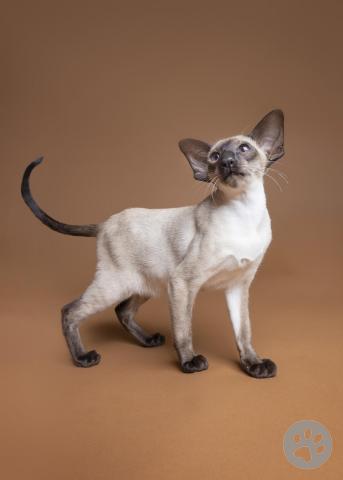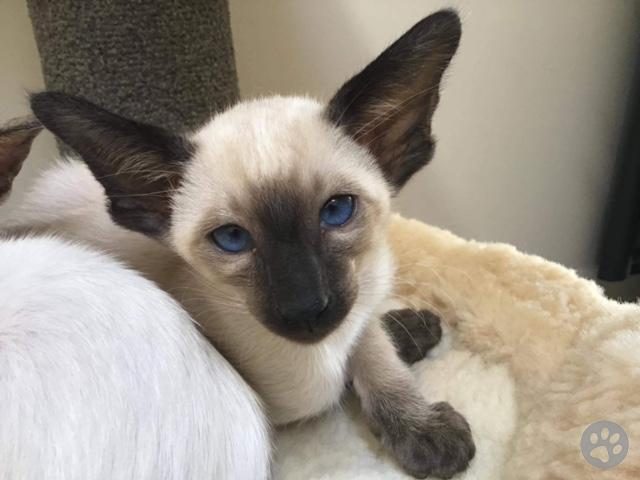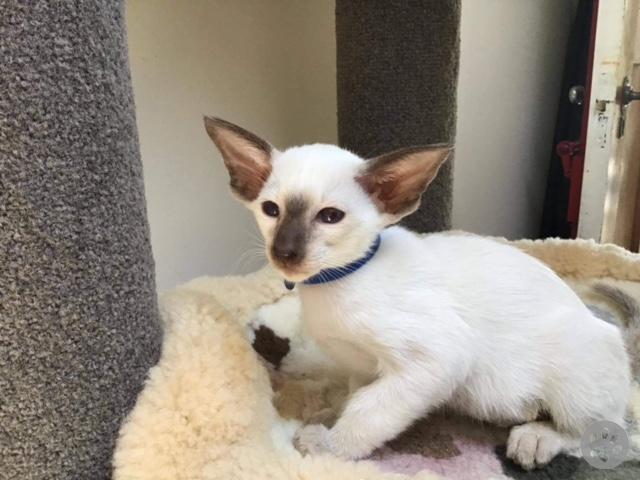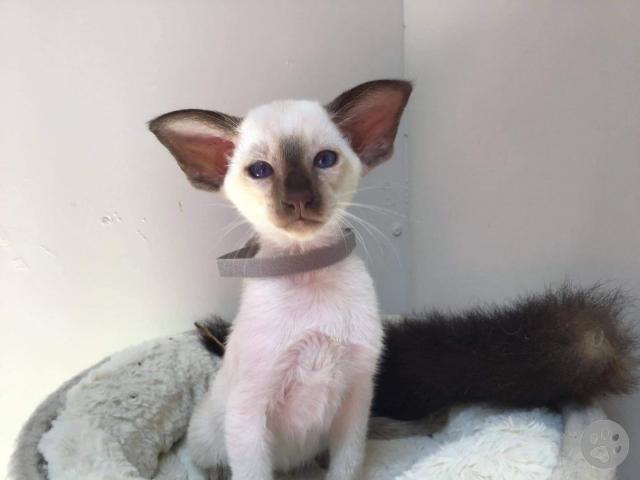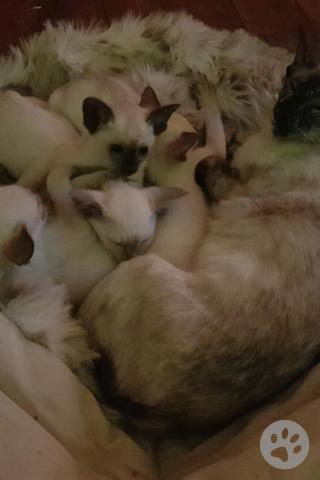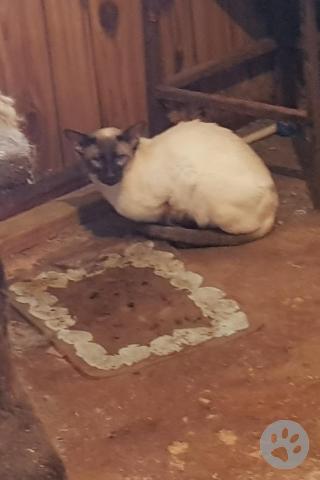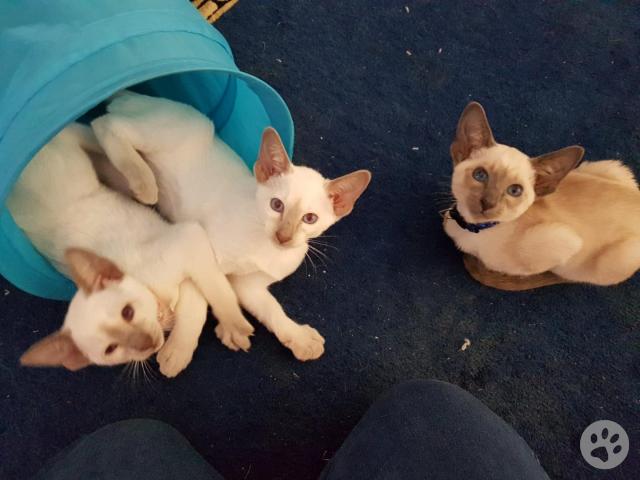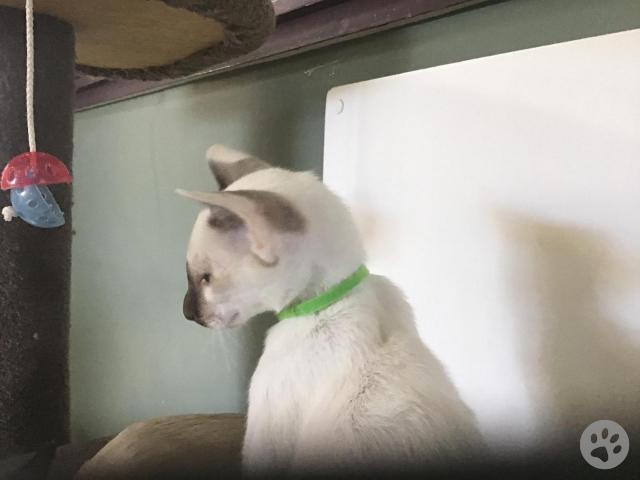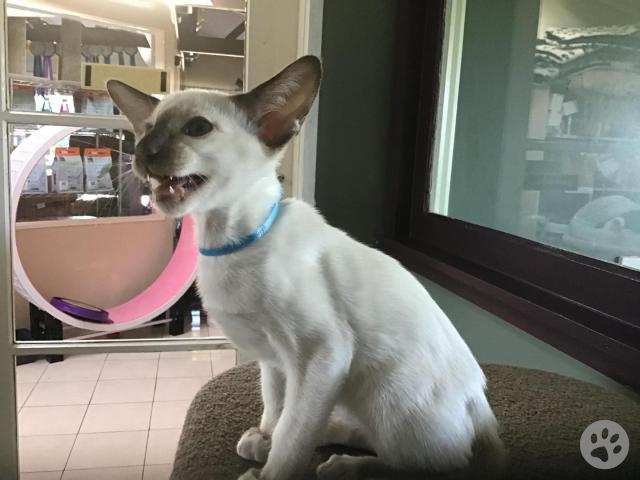Overview
The Siamese existed in Siam (now Thailand) hundreds of years ago, as early as the 14th Century, has been selectively bred for over one hundred years, and in the 19th Century became one of the most popular cat breeds in Europe and the US. Nowadays, the Siamese cat bears little resemblance to the original stock, being slighter, slender and skinnier than the traditional breed who possessed an apple-shaped head and a pretty chubby body. This traditional-looking version of the Siamese has been re-established in many breed registries under the name the ‘Thai cat’. A third version of the Siamese breed is the long-haired Siamese and is recognised internationally as the ‘Balinese cat’. In 1878, it is documented that the first Siamese cat was imported to the US, and in 1884, the first breeding pair of Siamese cats were taken to the UK. Interest piqued, over the next few years fanciers of the breed imported Siamese cats to the UK to start a breeding pool and it is said that all Siamese cats today are descended from just eleven of the original breeding stock.
Appearance
The modern Siamese cat of today’s standard is a medium-sized cat with a short coat, with an elongated, very lean body and long, slender legs. The tail is very long and thin and tapers into a fine point. They have a long, wedge-shaped head with extremely large ears set low and wide on the head to form a triangle with the nose. Their eyes are stunning blue and almond-shaped. Adults stand between 8 – 10 inches in height, and can reach 14 inches in length, with an average weight of between 3.5 – 7 kg, with the males weighing more than females.
Colour
Siamese cats have a colour-point pattern to their coats, and can come in the standard colours, similar to that of Ragdolls and Birmans, plus two patterns; Lynx (tabby markings) and Tortoiseshell. Seal point, blue point, chocolate point and lilac point are the only colours recognised in the US breed registries, although the UK also accepts red and cream as acceptable point colours.
Personality
The Siamese is an intelligent, quite regal, active and demanding character, friendly and affectionate although may generally bond with only one member in the household. They are sociable and playful and often described as extroverts and more ‘dog-like’ than cat-like. They can suffer from anxiety or depression if alone for too long, so are often kept as a pair for company. They are ‘talkers’; they are very vocal and possess a loud, low-pitched voice, comparative to the cries of a newborn baby and guaranteed to get attention.
Health
Generally a healthy breed with a decent lifespan of around 12 – 14 years on average, the Siamese is at a slightly higher risk than other breeds of developing Feline Hyperesthesia Syndrome, also known as skin rolling disease. It is characterised by symptoms such as skin rolling or twitching, excessive grooming, pouncing on itself or aggressive behaviour such as biting or attacking their own tail. The cause is unknown although believed by some to be a form of epilepsy; treatment is in the way of anti-anxiety medicines, anti-depressants or sedatives.
The Siamese is more prone than other breeds to lung infections, such as Chronic Bronchial Disease; a lower respiratory disease which the Siamese seems particularly predisposed to. It causes inflammation of the airways with thickening of the muscle wall and an increased amount of mucus, together leading to the obstruction and narrowing of the airways, leading to extreme difficulty breathing. Affected cats may have a reduced quality of life, with periods of lethargy or breathlessness, wheezing or coughing, in turn reducing their ability to play or live a sociable life, and may eventually get worse, being in extreme distress and struggling to breathe. Treatment may be given in the form of anti-inflammatory drugs, or steroids, and most cats need to stay on life-long medication. There is, unfortunately, no conclusive test to check if a cat will develop the disease, or whether it is a carrier, although the predisposition of the breed to suffer from this disease suggests it is genetics linked, so it is a good idea to remove an affected cat from breeding pools.
Are you a Siamese breeder? Please contact us admin@pedigree-pets.com to help expand our knowledge.
